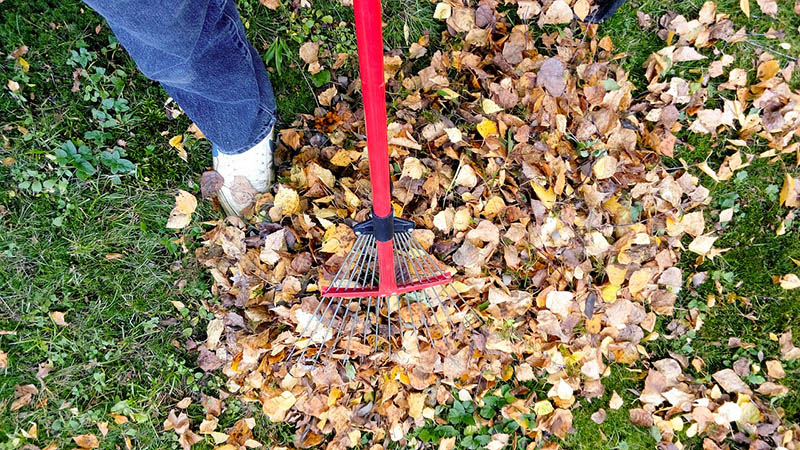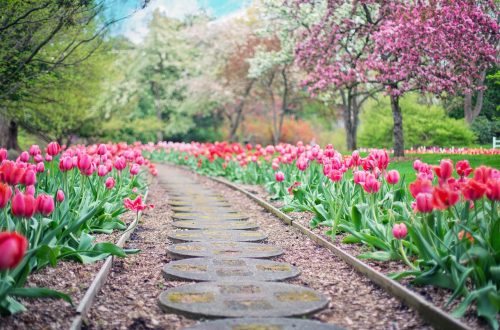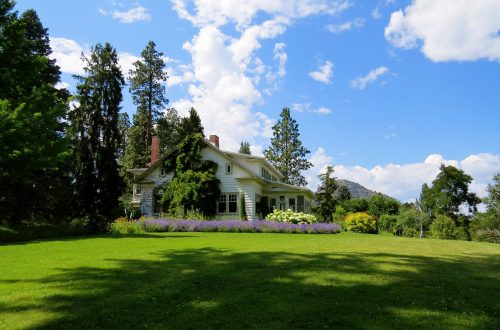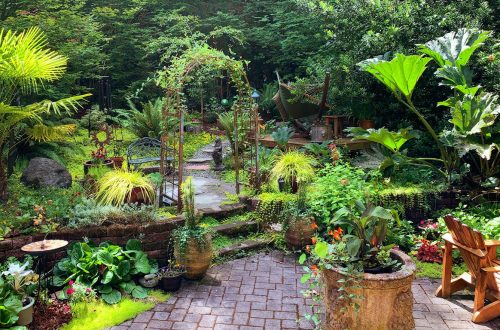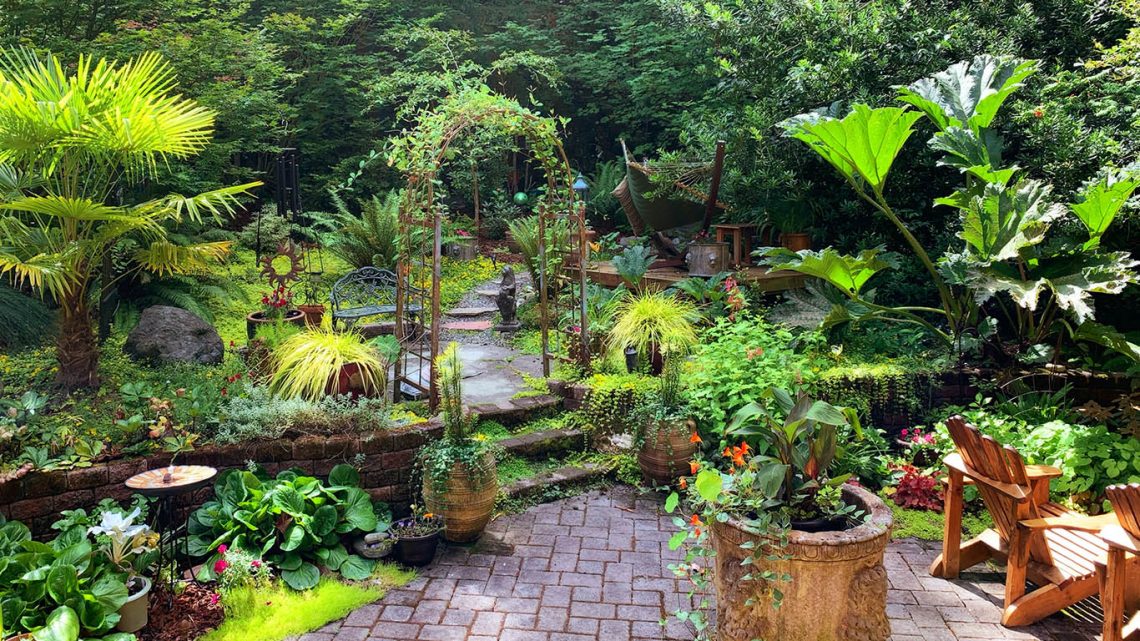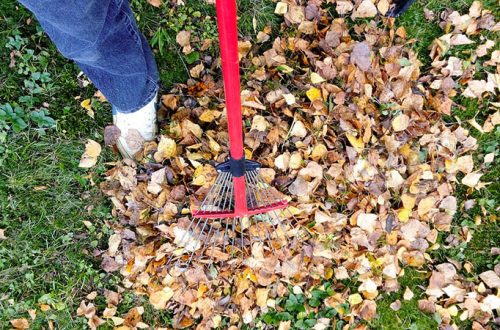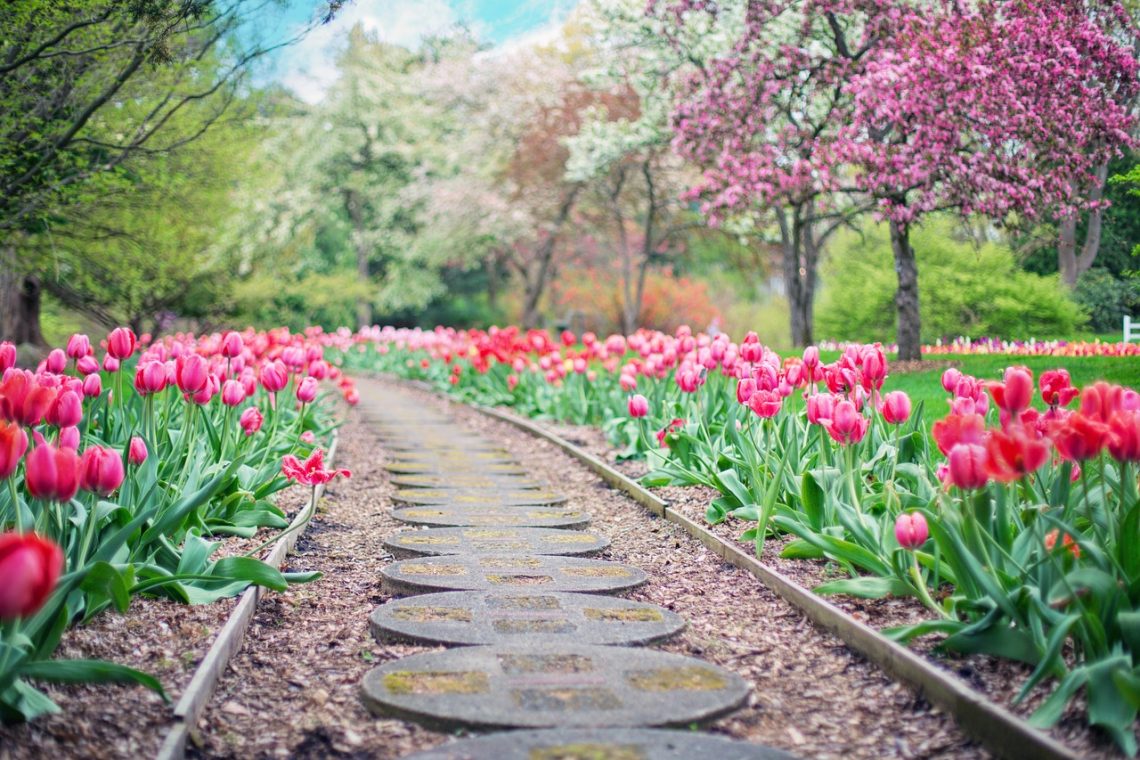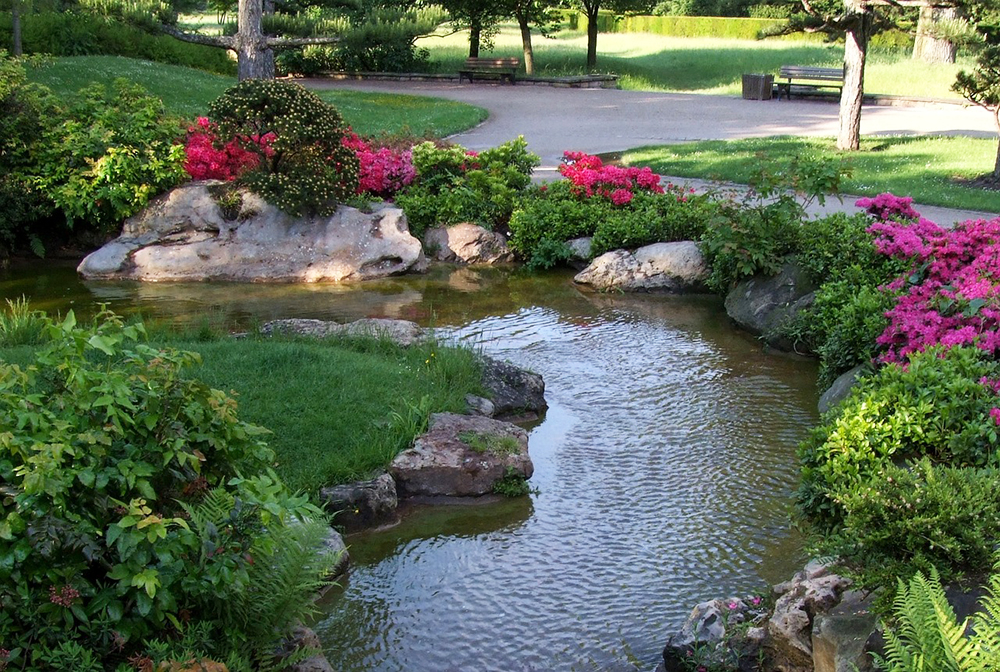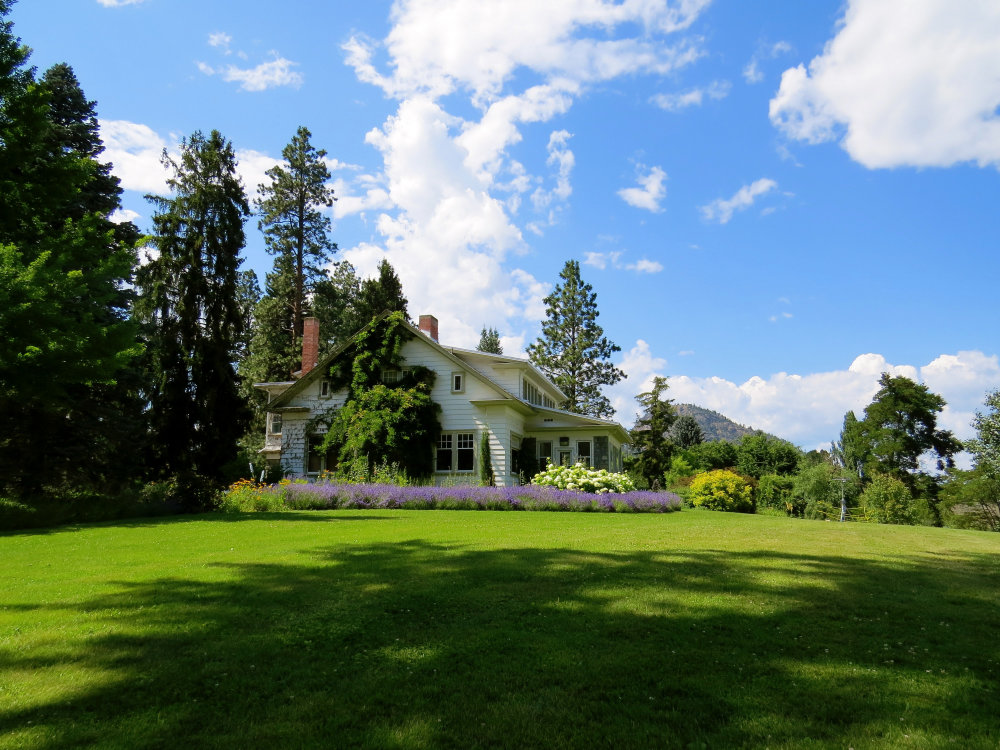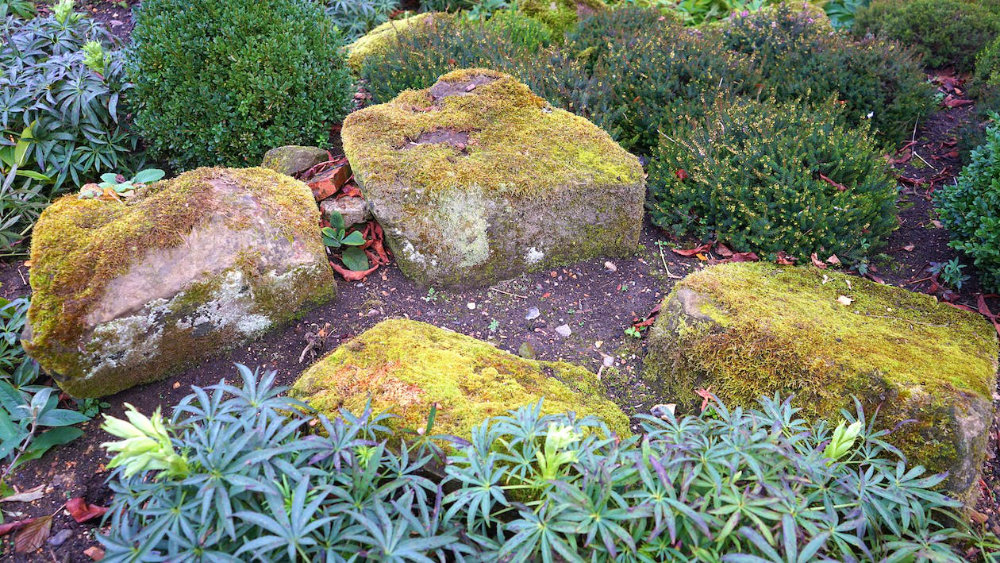Maintaining a neat yard is essential for enhancing curb appeal. Leaf removal is a crucial aspect often overlooked. Here are some indispensable tips to ensure your outdoor space remains pristine.
Removing Leaves from Gutters
Clogged gutters pose risks of water damage and structural issues. Regular gutter cleaning, especially in the fall, is vital. Employ safety gear like gloves and a ladder. Installing gutter guards can help reduce debris buildup, minimizing the need for frequent cleaning.
Moreover, enlisting the help of family members or neighbors for a quicker cleanup process is beneficial. Dividing tasks ensures efficiency and fosters a sense of community. Additionally, consider investing in a leaf vacuum for large properties. These devices streamline the removal process, saving time and effort.
Understanding Leaf Removal Costs: What to Expect
The cost of leaf removal varies based on factors like yard size and the extent of cleanup needed. Professional services typically range from $200 to $500. Alternatively, DIY methods such as leaf blowers or rakes offer a more budget-friendly option.
Transitioning from the importance of leaf removal to practical techniques, it’s essential to employ efficient methods. Start by mulching leaves with a lawn mower. Mulch provides nutrients to the soil while reducing waste. Alternatively, gather leaves into piles and compost them for an eco-friendly approach.
Additionally, ensuring proper leaf disposal is vital for environmental sustainability. Composting presents an eco-friendly method to recycle organic matter and enhance soil quality. Many local authorities provide leaf collection services, facilitating recycling and composting initiatives. Engaging in such programs not only contributes to preserving natural resources but also aids in reducing landfill waste.
When planning your leaf removal strategy, consider the timing carefully. Aim to remove leaves before they accumulate excessively. Regular maintenance throughout the fall season prevents overwhelming cleanup tasks later on. Additionally, monitor weather forecasts to schedule removal activities during dry periods, minimizing the risk of slippery surfaces.
Incorporating leaf removal into your seasonal yard care routine ensures that your outdoor space remains inviting and functional year-round. By adopting proactive measures, understanding cost considerations, and utilizing efficient techniques, you can enjoy a clean and vibrant yard that enhances the beauty of your home.
In conclusion, leaf removal is a crucial aspect of yard maintenance. By implementing these tips, you can keep your outdoor space tidy and prevent potential damage. Remember to clean gutters regularly, understand cost factors, and utilize efficient removal techniques. With proper care, your yard will remain an inviting and picturesque environment for all to enjoy.
